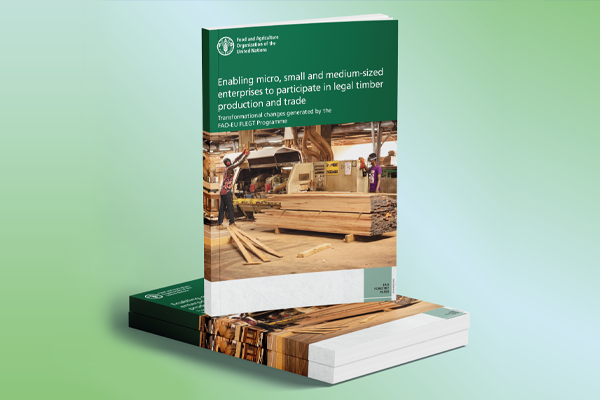Publications

Publications
Global Forest Resources Assessment 2025

Flagship publication
The State of the World's Forests

International forestry journal
Restoring the Mediterranean region – status and challenges
Search by
New releases

Mountain Partnership Secretariat: Annual report 2024
07/2025
The Mountain Partnership is the United Nations alliance dedicated to mountain peoples and environments. This report features the initiatives and activities undertaken by Mountain Partnership, from regional dialogues and thematic conferences to community-driven restoration projects and cutting-edge scientific research.

Global wood fuel production estimates and implications
07/2025
FAO experts and partners have developed innovative methods for estimating wood fuel removals and charcoal production, which suggest that actual removals may be 30 percent higher than previously estimated in 2005.

Innovative practices in the sustainable management of fast-growing trees
06/2025
Fast-growing trees have been cultivated and used for millennia to provide wood and non-wood products to rural communities, as well as direct and non-direct benefits to urban societies. This publication addresses knowledge gaps and current and potential development of fast-growing trees at the global scale by highlighting successful, innovative practices that can help sustain people and the environment.

A win-win for restoration and forest-based value chains: evidence from initiatives in dryland African and Mesoamerican countries and Small Island Developing States
05/2025
This article examines the experiences of integrating inclusive forest-based value chain development in selected projects in African drylands and Mesoamerican countries, and Small Island Developing States.

Enhancing the sustainability and financing of forest-based value chains
05/2025
Designed for a diverse audience including project developers, policy decision-makers, private sector operators, and finance sector stakeholders, the document provides practical guidance on designing and carrying out value chain analyses, choosing and designing upgrading interventions, and financing them.




